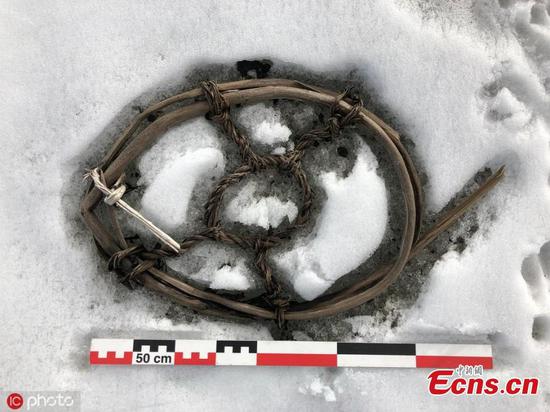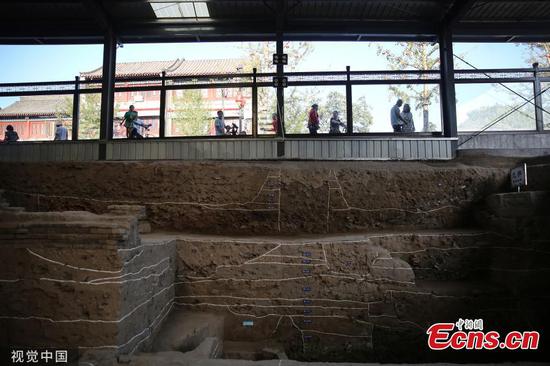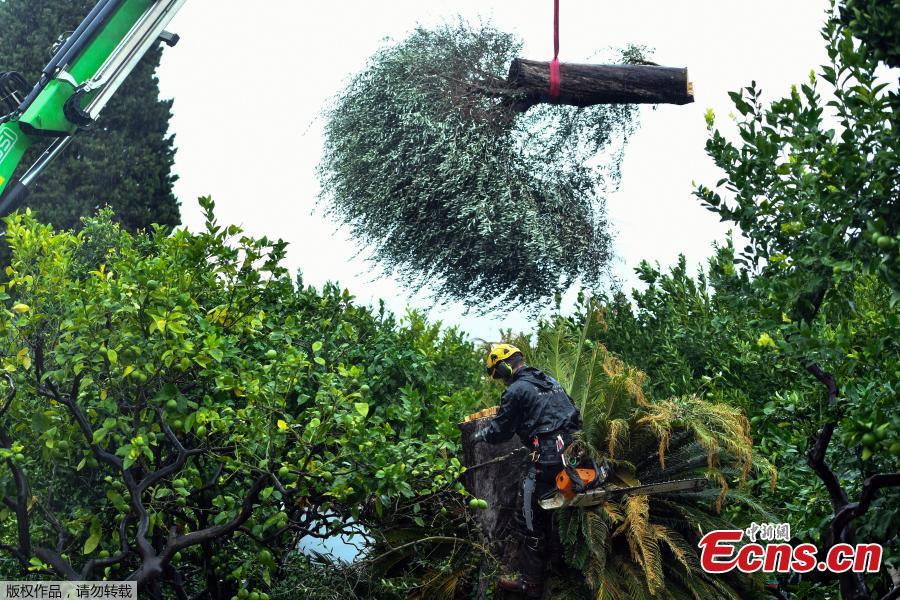
The olive tree infected with Xylella fastidiosa is removed from the garden of the Palais Carnoles after being cut, on September 10, 2019 in Menton, southern France. Xylella fastidiosa is a bacterium that has been devastating olive trees in Italy and elsewhere in the Mediterranean basin. Xylella, which can be transmitted by insects or vehicles, quickly withers trees by blocking their ability to absorb water. The only way to fight the spread of the disease, known as "olive tree leprosy", is to destroy diseased trees. (Photo/Agencies)
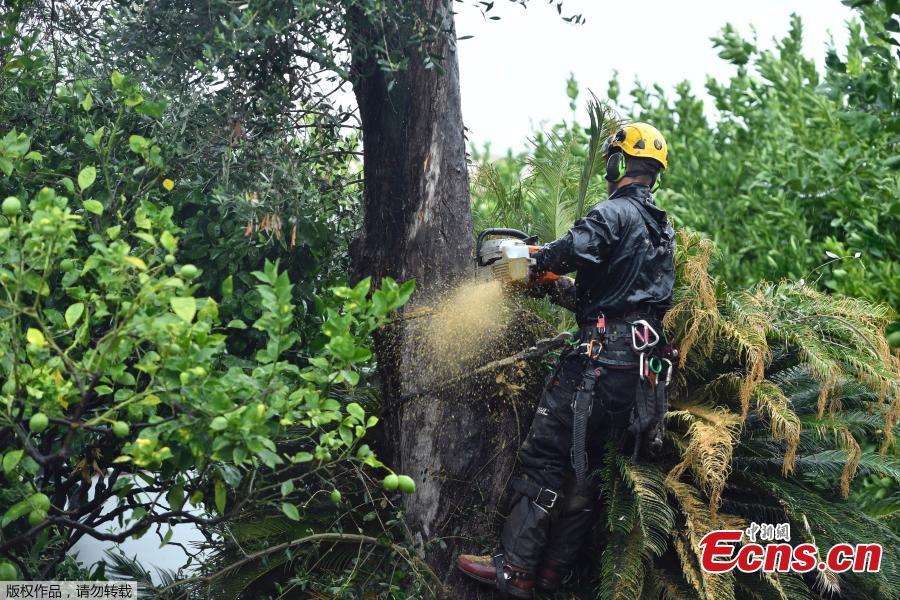
The olive tree infected with Xylella fastidiosa is removed from the garden of the Palais Carnoles after being cut, on September 10, 2019 in Menton, southern France. Xylella fastidiosa is a bacterium that has been devastating olive trees in Italy and elsewhere in the Mediterranean basin. Xylella, which can be transmitted by insects or vehicles, quickly withers trees by blocking their ability to absorb water. The only way to fight the spread of the disease, known as "olive tree leprosy", is to destroy diseased trees. (Photo/Agencies)
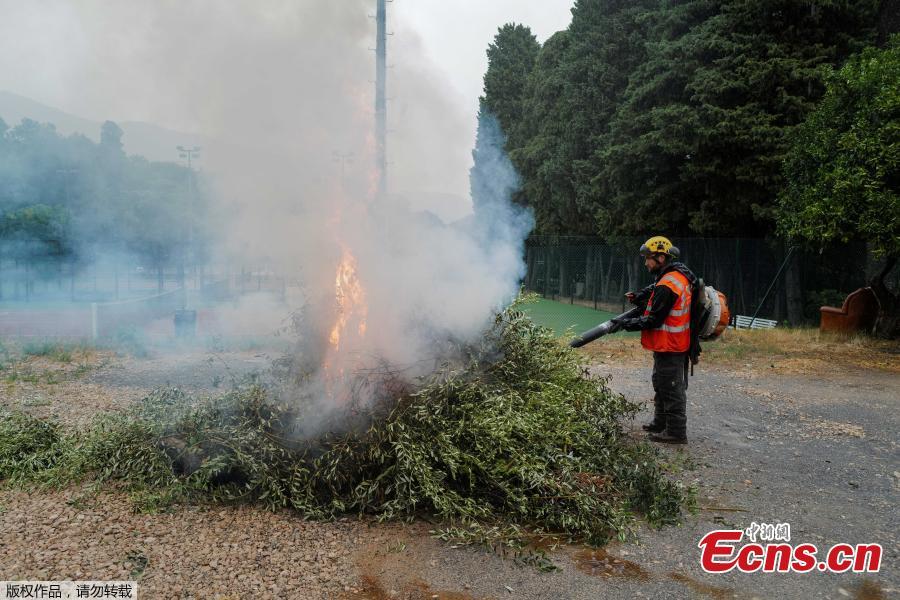
The olive tree infected with Xylella fastidiosa is removed from the garden of the Palais Carnoles after being cut, on September 10, 2019 in Menton, southern France. Xylella fastidiosa is a bacterium that has been devastating olive trees in Italy and elsewhere in the Mediterranean basin. Xylella, which can be transmitted by insects or vehicles, quickly withers trees by blocking their ability to absorb water. The only way to fight the spread of the disease, known as "olive tree leprosy", is to destroy diseased trees. (Photo/Agencies)












